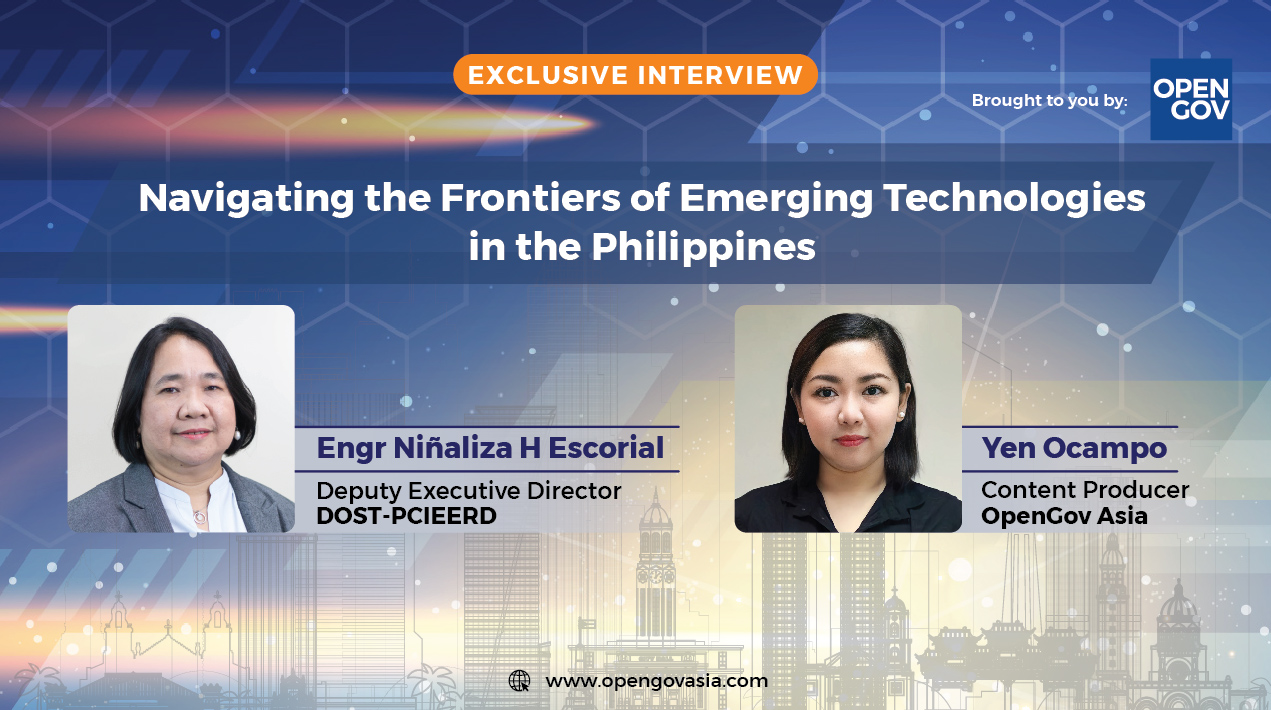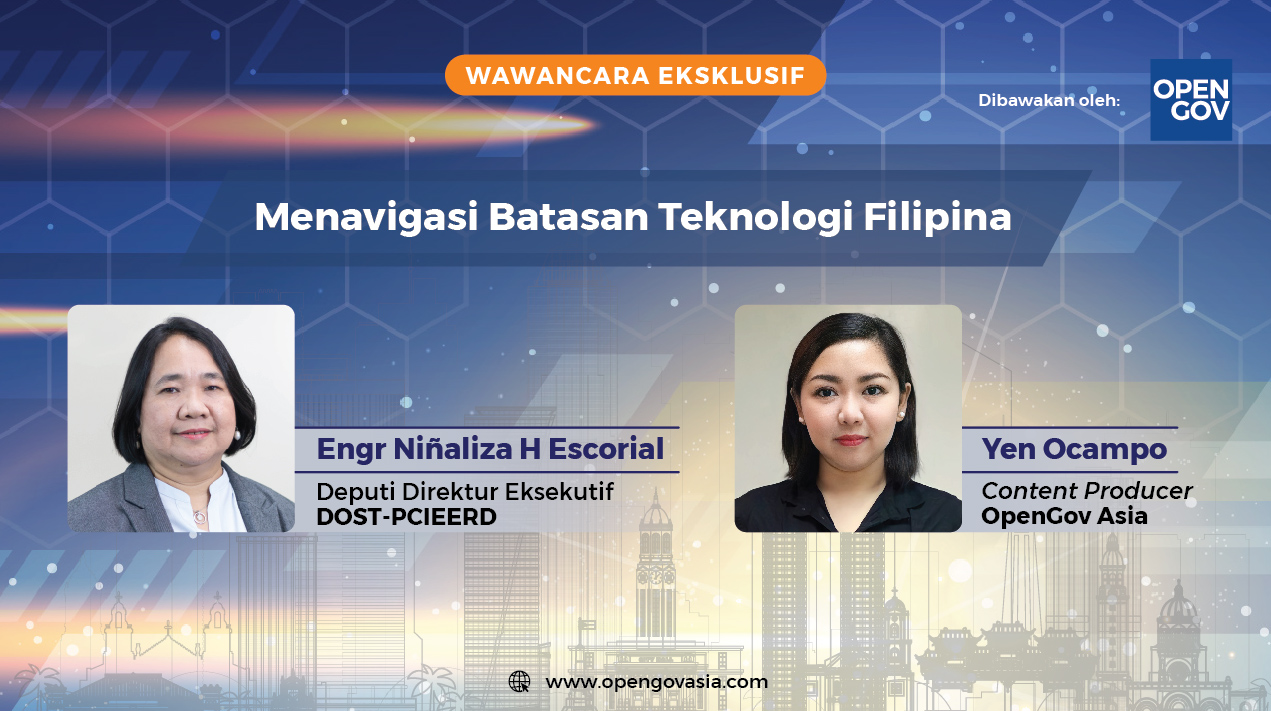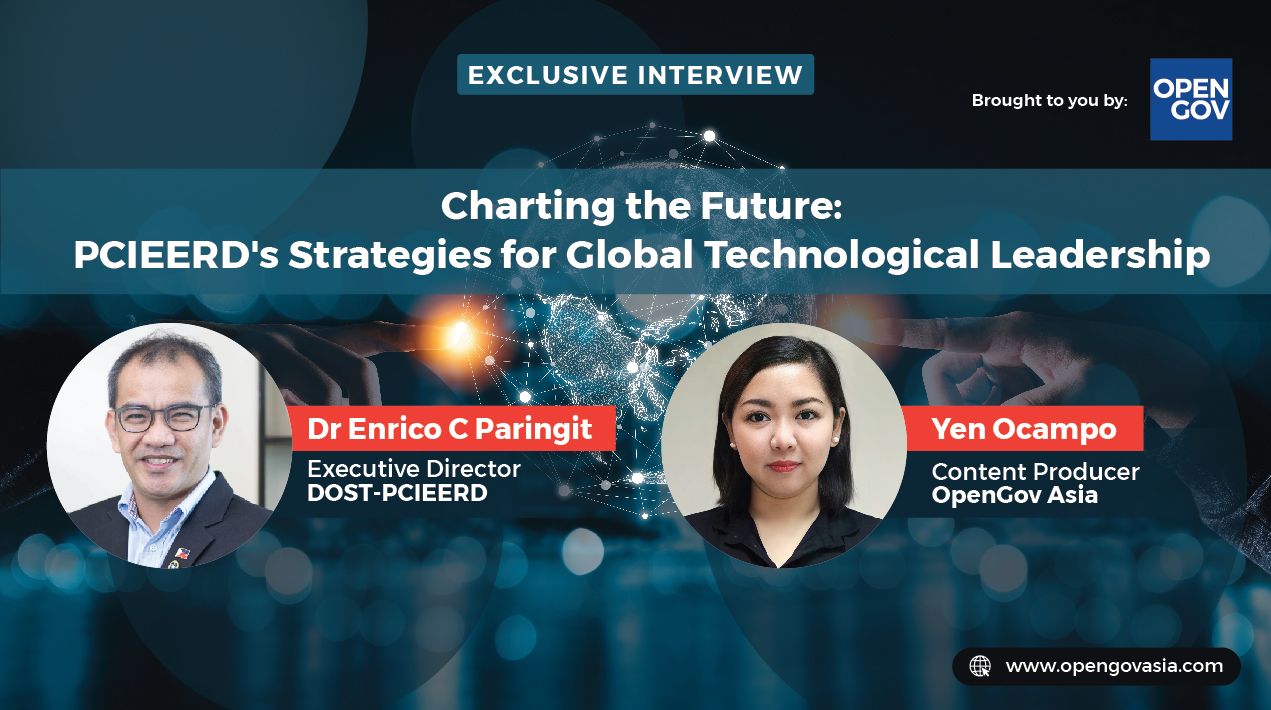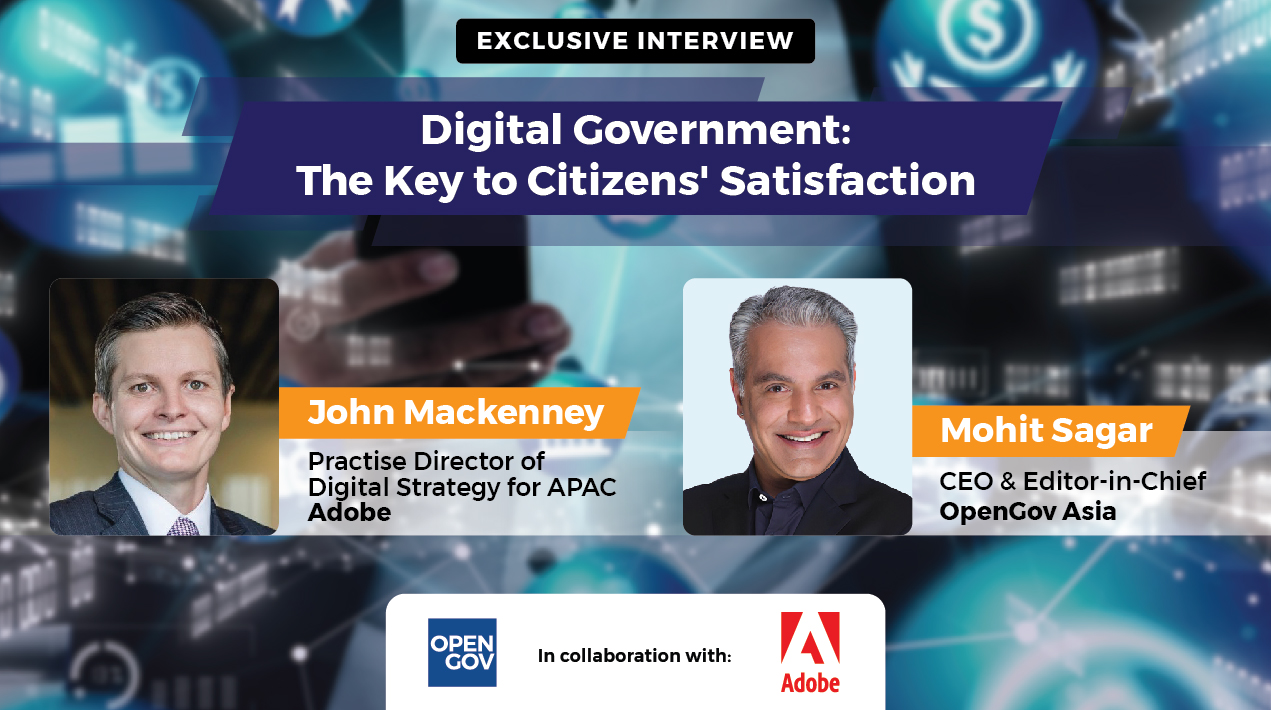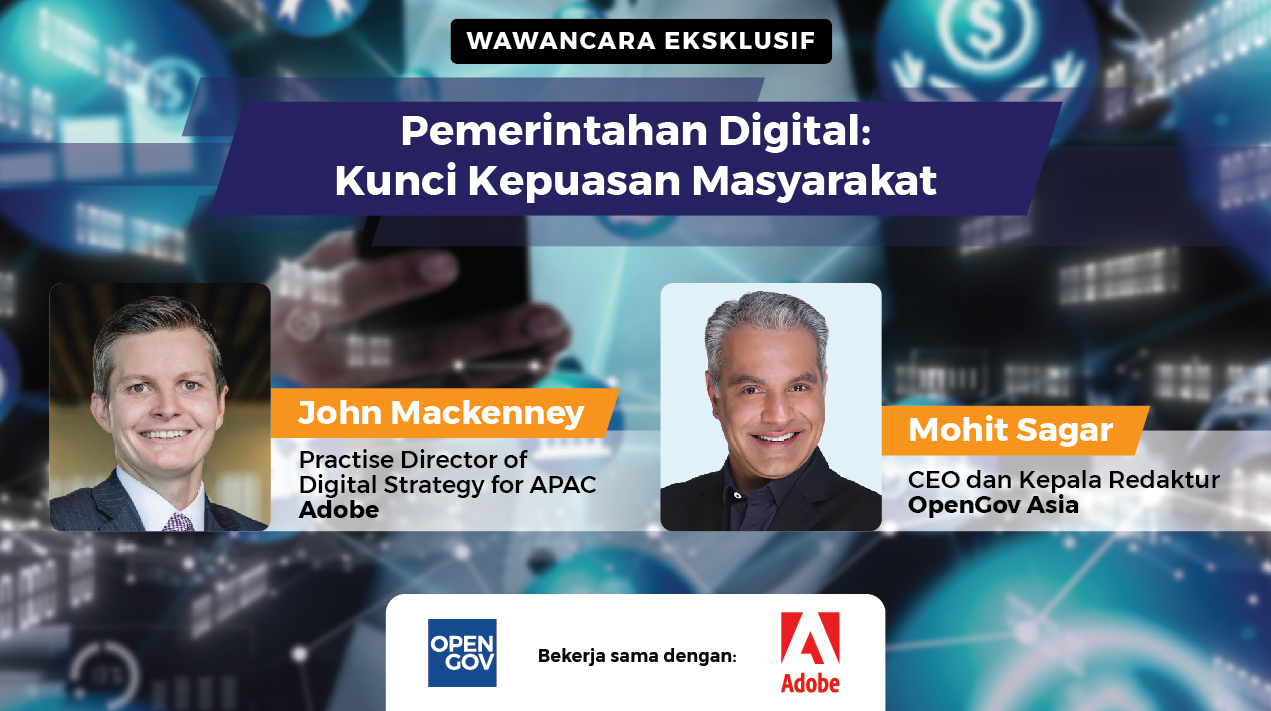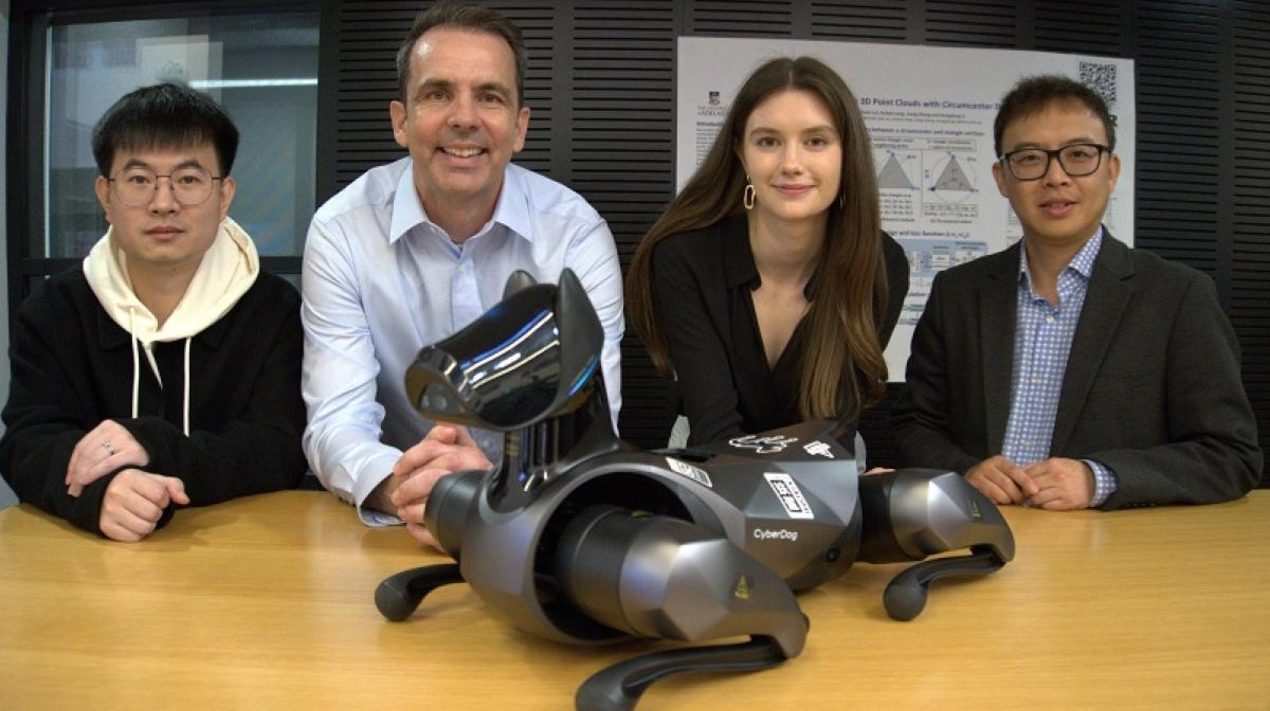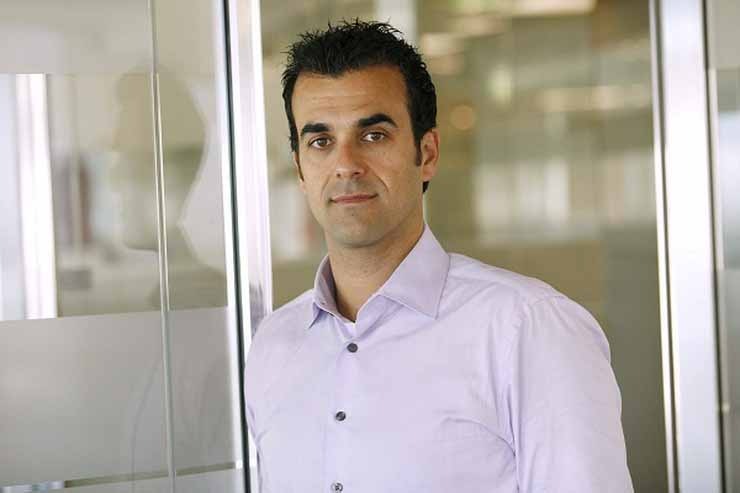
Mr. Michael Sentonas, Vice President and APAC Chief Technology Officer of Intel Security, provided OpenGov with his perspective on what his thoughts are on the current threat landscape. His 17 years experience with developing security software and research has given him great insights. Initiating a dialogue with Sentonas during his time in Singapore, allowed us to pick his brain on trending security topics.
The realm of security news and technology development in the Asean region is fascinating. Sentonas expressed his gratitude for being in such a position as CTO while there aren’t many others in the geographic region. Sentonas talked at length about his development and work in the area of the Internet of Things (IoT).
On Security Protection and Education
Cloud is going to be the future of network services. Many government institutions are still working to make the shift to the cloud as its capabilities provide more than a direct-access server could. Behavior is now aiming to virtualize more traditional security software, such as firewalls within the cloud environment. Sentonas works closely with many sectors within governments in providing new technologies to combat threats in these areas.
Protection, prevention and countermeasure technologies have historically been the forefront products used by government. Sentonas reflects on how the playing field for utilising security measures has changed and stated, “More recently, what we have been trying to do is educate our users. Getting them to understand that the architecture of the environment is far more critical to successful security. Keeping people out is not enough. More focus should be on architectures, identifying the user, their access rights and the data being used is appropriate to their roles and security settings. Based on that information, taking the appropriate action which, in turn provides a high value to the management tool.”
The security landscape is challenging for a government organization. This brings back a debate about government cyber security practices. He discussed the recent Office of Personnel Management (OPM) cyber attack with the USA. US President Barack Obama announced this attack in June. This event has led people to question if governments are doing enough to protect sensitive data. It may be speculated if governments are taking these situations seriously. These types of situations are complex and Sentonas argues that more attention should be paid.
“Budget is required to provide the necessary education and tools to get the true value,” Sentonas proposed that with the introduction of recasting to the cloud this has increased our cyber threat. Sentonas believes information sharing between the public and private sector should not be a “hard one-way street”, people within the government need to be educated on how to secure their networks, enabling more communication and mitigation of security risks. He calls on the vendor community to help provide the tools and education to enable further information sharing and dialogue. This will then better enable a "two-way street in sharing data". Only then, the community will be able to work together in an effort to combat security threats using combined knowledge and intelligence sharing.
On Biometrics
Biometrics and forming a large part of the future in the cyber security industry and its incorporation within its hardware and software solutions. This will have a major impact to the way we work and live. Providing the ability to unlock, not only our laptops, but our front door with the image of our face.
Biometrics to be a massive focus within the industry because of what it allows us to do. Sentonas provided us with an example of biometrics being built into a mobile AVA platform. This would give people access to cloud storage through voice recognition. Research into other biometrics solutions, such as the cornea of the eye, are areas being explored as well. Biometrics is beginning to move us away from the tradition of using passwords.
In some cases, people are digitizing their log of passwords which could be found through intrusion. Biometrics has the potential to provide clear and resistant security measures to users.
Currently, biometrics technology caters itself to the consumer market. "We are close to not requiring a password", Sentonas stated that it would require several identification factors relating to government type environments and deployments. This is required in order to be launched within the public sector. These identification factors would also be required before introducing biometrics software to physical security organizations or enterprise. Sentonas is aiming to eliminate the use of passwords with the introduction of advanced biometrics, it provides less error rates, increasing the security posture of an organisation dramatically, paving the way to passwordless logins and securities.
On Smart City environments and the future
With Smart Nations and Cities, comes a wave of the Internet of Things or IoT. IoT introduces new technologies, capabilities, efficiencies, and threats to government networks. As machine to machine activity and cyber security information sharing has limited support. IoT is described as an area that we are still exploring and learning more about everyday. He states,“what makes this space interesting, is the amount of innovation, data, and the rate at which it is produced.”
IoT devices are enabled with IP and can connect to networks instantly. Yet, Sentonas is afraid that most of these IP enabled devices do not have security software in place. People may rely on the infrastructure of Smart Cities to provide the infrastructure to security for IoT devices. For example, a lot of personal data can be generated with wearables. As people connect to the cloud and upload their data looms a threat of intrusion.
The Internet of Things (IoT) gateway is a key project being focused on right now. This project aims to provide hardware and build solutions for IoT devices, with security in mind. This project also creates a platform for legacy technologies so that it is possible to connect them to the IoT space or the internet itself. The IoT gateway has incorporated systems which can run in a scalable, sustainable, and secure development environment. It allows for development and deployment of IoT gateways.
New worldwide partners and developments must come together to provide more innovative in his application of networks and educating to ensure secure activity. Sentonas tells us that in June, a new IoT Ignition Lab was launched in Ireland. This lab is located within the technology area of Ireland that is often recalled for its breeding ground for collaboration between organizations.
Ireland tech organizations are known for their traditional IoT, healthcare for smart cities, among other high tech innovations. Similar IoT labs have been launched within various locations such as Israel, Sweden, Germany, England, and Turkey. They has derived many interesting smart solutions which have been created through collaboration.
Sentonas works hard to differentiate himself from other key figures from the IoT space Now, he is able to provide advanced infrastructure with embedded security. He is making great headway in advancing biometrics advancement, securing IoT, and providing smart solutions for Smart City developments. In bringing key insights, he is a key player in the IT world.



